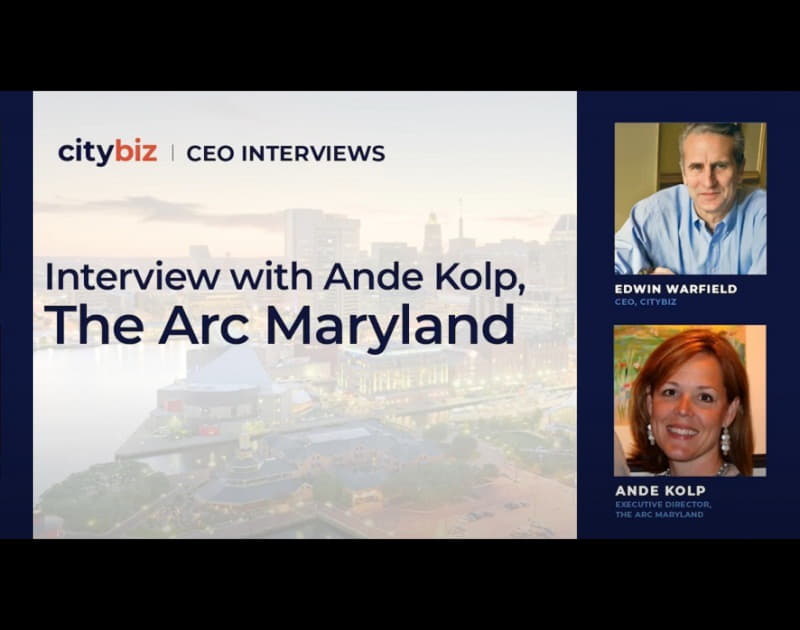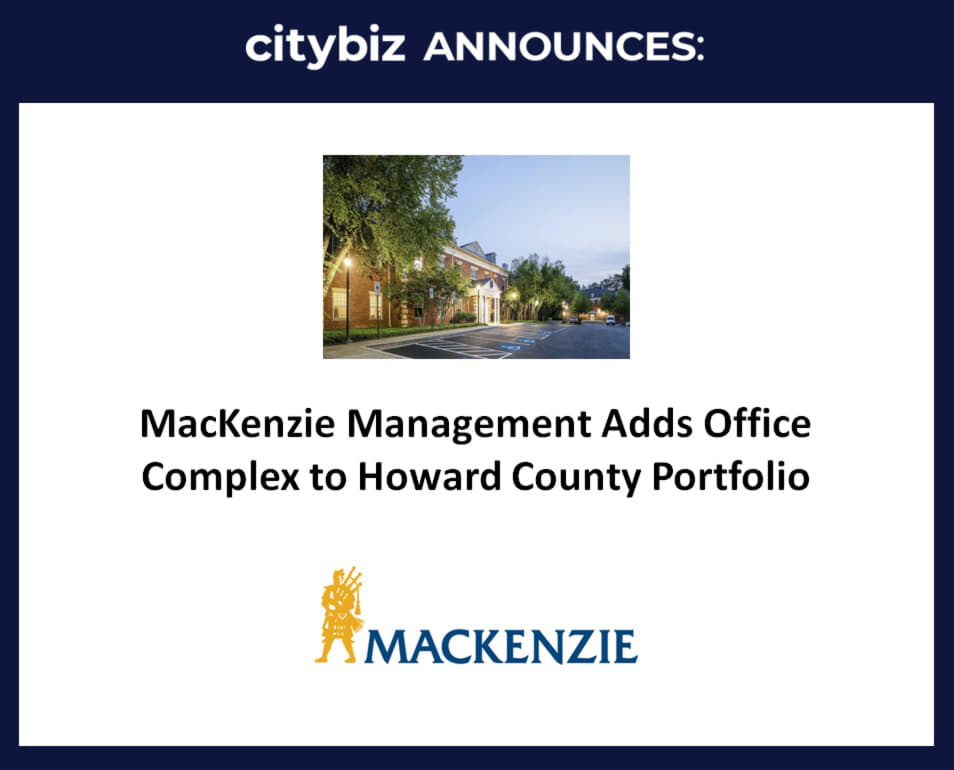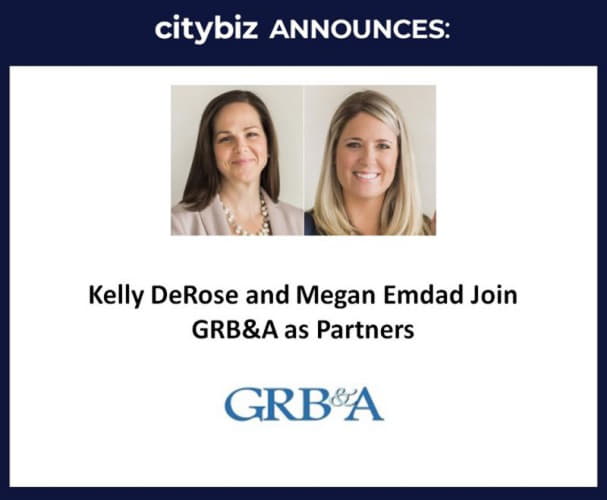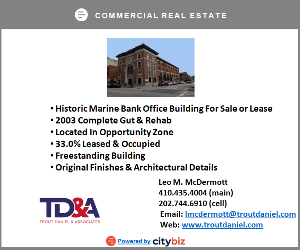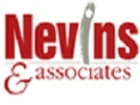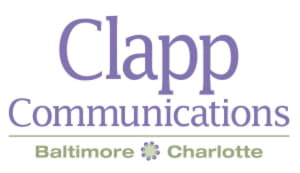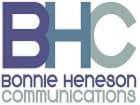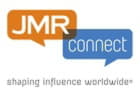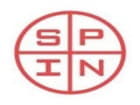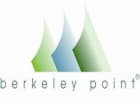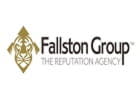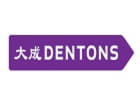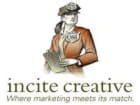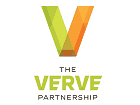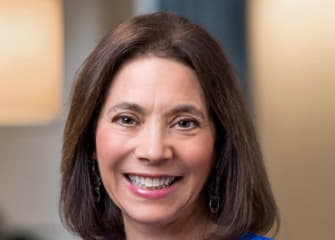
Diana Morris
Click here for Part I & Part II
Developing bold, community-driven strategies to effect lasting positive change in Baltimore
Diana Morris is the executive director of the Open Society Institute–Baltimore, the only field office for the U.S. Programs of the Open Society Foundation, an international grant-making network founded by philanthropist and investor George Soros. OSI–Baltimore works with local private and public partners, including the city’s community groups and social entrepreneurs, to diminish rates of drug addiction, incarceration, and poor education outcomes in Baltimore. For this interview, Diana spoke with Veronica Cool, Hispanic strategist and OSI–Baltimore board member, about the organization’s history, programs, and ongoing campaigns.
VERONICA COOL: What programs and fellowships have you helped create for OSI–Baltimore?
DIANA MORRIS: Our first program that we started was the Community Fellows Program, and this was actually an idea that George Soros had himself. He had met some outstanding people like Geoffrey Canada, who just retired from running the Harlem Children’s Zone, and these were people who he realized could actually have applied themselves in any kind of way. They would have been very successful in business, but they each had chosen to really work at the community level, and he wanted to really encourage that and to create role models so that other people would follow in that way.
For those purposes, we set up the Community Fellowships Program. It’s a program that is very competitive. We receive over 200 applications a year. We only select up to 10 fellows for 18 months each. They receive a stipend of $60,000 over that 18 months and we do expect them to devote themselves full-time. But frankly, that’s not a problem because the people that we identify are simply passionate about Baltimore City and it being a place that they really want to see prosper, but they have a very particular idea that possibly on a volunteer basis they’ve been playing with, but they really want to put it to work; they want to work out any of the kinks in it and they really want to interact with the community and take it to some scale.
That’s what this fellowship lets these individuals do. They’re very entrepreneurial, very talented. Many of them come directly from the communities that are affected that they want to work in. Sometimes, it’s people who are transplanted to Baltimore, and I think that is a good sign for us to tell people who are coming here: “Your ideas are welcome.” We want new approaches, and we know we need them and we are open to that. It’s a wonderful group of people, and we pay a lot of attention now to the alumni because there is a 180 of these fellows; and the great majority—80 percent or more—actually continue working in the very same area long after the 18 months are over. It’s one of these investments that just keeps on giving dividends, and the results that they have are quite tangible.
Years ago, Lauren Abramson [founder and executive director of the Community Conferencing Center] borrowed an idea from actually the Maori in New Zealand and set up what’s called “community conferencing,” and this is something that saves a lot of money. We now have the prosecutor and the police referring cases to her that otherwise, for example, might go into the juvenile justice system. And not only would the person then have a record, and so on, and a prolonged procedure that they would be involved in, but obviously they might even learn other kinds of behaviors that would really not be healthy for them or good for society.
So, instead, she created community conferencing, which is a facilitated circle where both the victim and his and her family and the perpetrator and his and her family get together, and they really diagnose what happened. When we’re talking about young people, they often don’t understand the repercussions of their actions; this is a way for them to take responsibility. But it’s also a way to look at the person who did the wrong thing and ask: “What’s going on with them? Is there some underlying issue that needs to be dealt with?” And so it’s a really restorative kind of practice.
We have a group called Community Law in Action. It took young people who were in some of what was then the neighborhood high schools; they weren’t very compelling places to be, the graduation didn’t always mean a lot, and [the group] took those students and began to help them think about their community. They noticed all the vacant homes, they learned how to do title searches, and they then took that information to the city council and began making recommendations. And then these young people themselves became important resources for the community, because they knew something about where there was an absentee landlord and so on, and began to investigate what could be done about it.
These are students that now have evolved. They are very good communicators. They worked very hard to stop a jail that was being proposed. It would have cost $100 million and it would have been for kids who are going to prosecuted as adults. But, in fact, over time, there has only been a handful of kids who are now being prosecuted as adults, because we were working simultaneously to stop that practice and as much as possible have kids—because they have less good judgment than adults—to be dealt with in the juvenile justice system, which has the support systems that they need in order to heal, and have a second chance, and get back on the right road.
Q. Are there other stories about OSI fellows you can share?
A. We work largely in campaigns, but we often have fellows that give us the ideas of areas where we really should be paying attention, and then also wonderful young people, and also older people. There was a man who I think was graduate of Peabody in Trumpet; later, after he built a boat and he built his home, he became interested in drums, and so he went to one of the middle schools and engaged a number of young boys in building drums and then playing. It added something to their educational experience, and I think it was quite empowering for those young boys, and of course it’s something that they can continue to do afterwards. It’s real skill, a musical talent that they’ve been able to develop.
Some of the other fellows work with adults. We have people right now who are working in the prison system. Most people who are in the prison are going to come back out, and so it’s very important that we provide as much as service, as much rehabilitation as possible. In this instance, we have someone who’s a graduate of the Maryland Institute College of Art and who’s going into prisons and providing artistic instruction to the prisoners—but then giving them the opportunity to express themselves. And so not only are they sometimes making their prison a more habitable place by some of the painting on the wall, but also doing their own works, some of which is now being shown in exhibits. Not everyone is going to end up being an artist, but everyone does need the time and the ability to express themselves so that they can move on, and take responsibility as adults, and understand what their true interests are—so when they come out of prison, they can really play a constructive role.
Connect with Diana on LinkedIn


Edwin Warfield, CEO of citybizlist, conducts the CEO Interviews.
If you're interested in reaching CEOs, please contact edwin.warfield@citybuzz.co
Connect on LinkedIn

